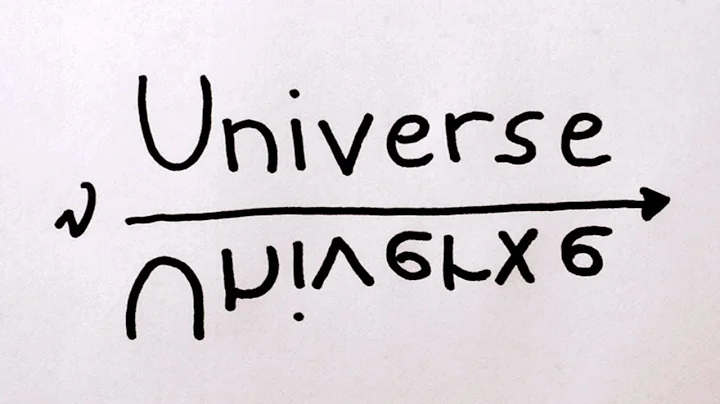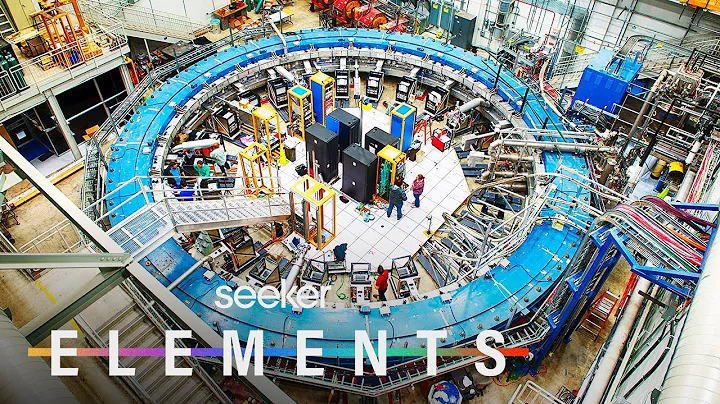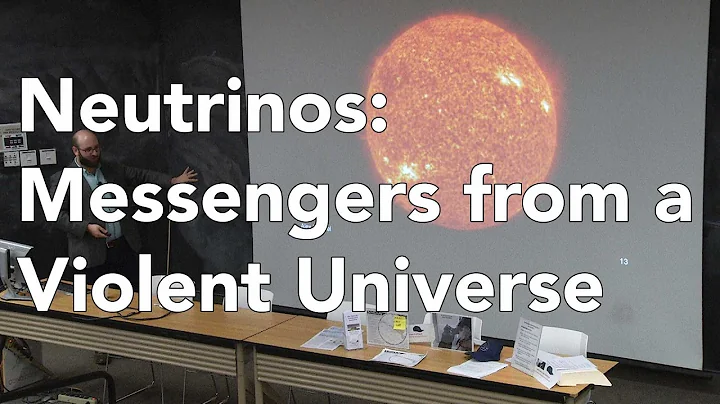
A particle composed of four neutrons was finally observed after long-term exploration.
This is the first observation of Tuttle neutrons.
Twenty years ago, physicists discovered the first signs of the existence of a strange substance composed of four neutrinos . Now, they appear to be observing it in the lab for the first time.
Neutrons and protons make up the nuclei of almost every element in the universe, held together by the powerful nuclear force. Protons don't stick together because their electromagnetic charge, which is positive, drives them apart. Neutrons have no electric charge, but confining them to a certain range is also a challenge.
Neutron stars are extremely dense objects that are able to stick neutrons together due to gravity. But physicists have long tried to create a particle composed of just four neutrons, without the extreme physics. As reported in the journal Nature, they have now accomplished this long-sought task.
"This experimental breakthrough provides a benchmark to test the nuclear force with a pure neutron system," said the study's lead author Dr. Mettal Durr of the Institute of Nuclear Physics at the University of Darmstadt. said in a statement.
"So far, nuclear interactions between more than two neutrons have not been able to be tested, and theory predicts a wide scattering of energies and widths for possible four-neutron states.
The research team determined this by firing into a liquid hydrogen target The helium isotope Helium-8 accomplishes this. Helium-8 has four more neutrons than the most common version. This interaction causes the hydrogen to be kicked out, one helium-4 atom to be released, and the remaining four neutrons can simply interact with each other.
This state is called a tetraneutron, and the creation of this special particle allows new research into the properties of neutrons, and therefore the properties of neutron stars. The techniques used are similar to those previously used to create this Techniques for specific interactions differ.
Professor Thomas Aumann, also from the Institute of Nuclear Physics , said: "The key to the successful observation of four neutrons lies in the chosen reaction, which combines four neutrons in a fast (compared to nuclear scale) ), and the chosen large momentum transfer kinematics, which separate neutrons from charged particles in momentum space. The extreme kinematics of "
" result in almost background-free measurements. We now plan to use the same reaction in an experiment at RIBF to precisely measure low-energy neutron-neutron interactions. Our university is currently building a dedicated neutron detector for this experiment."





















